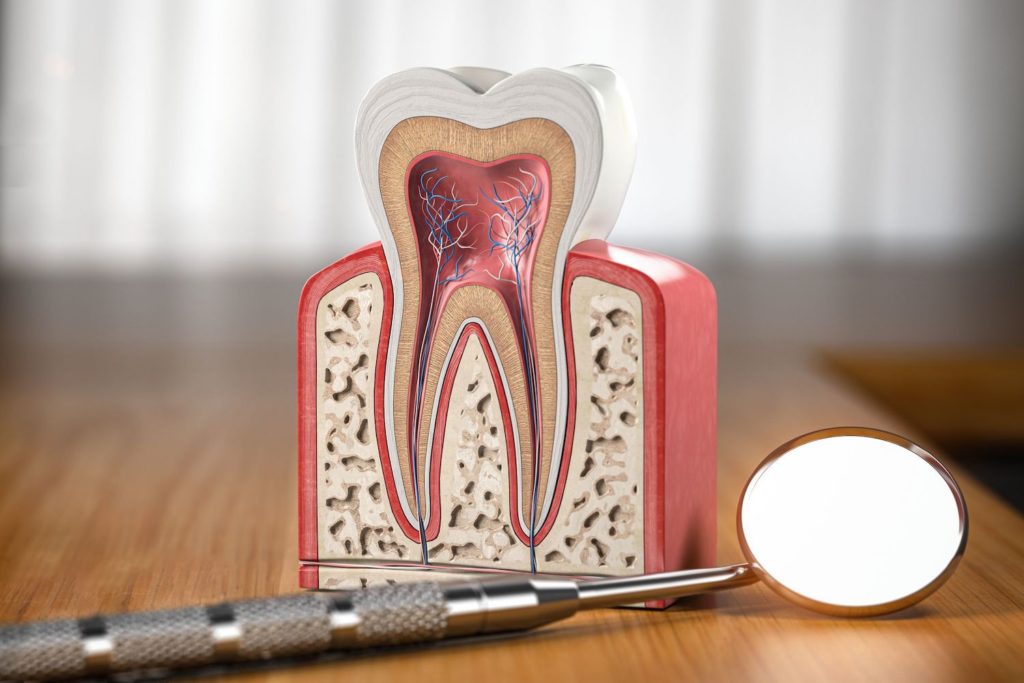As an experienced dentist in Plano, TX, Dr. Mark Sowell knows the ins and outs of the anatomy of your teeth. But we often find that patients don’t know much about their teeth and how they work. Understanding the anatomy of your teeth can also help you understand dental problems and what causes them. Learn more about the makeup of your teeth.

The Layers of Your Teeth
The tooth has multiple layers that make it up. Teeth are one of the strongest things that are in the human body. They’re essential for many functions of the mouth, including chewing, talking, and biting. Teeth are made up of the following layers:
- Enamel: This is the hardest outer layer of your teeth. It’s white and made out of calcium phosphate, protecting the other inner layers of your teeth.
- Dentin: This layer is right under your enamel. It’s usually yellowish in color, making it the part that can cause discolored teeth. While it’s a harder material, it has many microscopic tubes. When your enamel is damaged, this area becomes sensitive to hot and cold, because it enters those tubes.
- Pulp: Pulp is a soft layer in the middle of your tooth. It contains the nerves and blood vessels for your tooth. This is the area that can be impacted by infection and lead to the need for a root canal.
- Cementum: This is a form of connective tissue that connects the tooth roots and the gums or jawbone. It makes sure your teeth stay firmly rooted into the socket.
- Periodontal Ligament: This ligament is another form of connective tissue that keeps the teeth tight against your jaw.
The Various Types of Teeth
In a normal, healthy adult mouth, there are 32 different teeth. Multiple different teeth types are in your mouth, serving a variety of different functions. They help to chew and break down different kinds of foods and do other tasks within your mouth.
Incisors
There are two different types of incisors in your mouth – lateral and central incisors.
Central Incisors
Your central incisors are the teeth that are most prominent when you smile. Up top, they’re shaped like little shovels. They help you to chew your food and pronounce your consonants correctly when you speak.
Lateral Incisors
The lateral incisors are in between your central incisors and canine teeth. You usually have four, and they’re small, thin, teeth. They’re designed to help you separate food when you’re chewing it up.
Canines
Again, adults should have four of these. Canine teeth come to a point at the end. They’re the strongest out of all of your teeth and are essential when it comes to breaking down food, as well as other functions of the mouth.
In addition to eating, canines help to keep the shape and support of your lips. Perhaps the most important role is the fact that the canines help to guide your teeth into place when your bite comes together.
Premolars
Premolars are right beside the canines, and you have four of these total as well. They also help to grind down food. They have two cusps and actually assist in maintaining the height of your face.
Molars
Your molars are the widest teeth. They’re strong and powerful and are the most prominent teeth that you may think of when you’re chewing.
Schedule an Appointment With Your Plano, Texas Dentist
The more you know about your teeth, the better you’re able to understand and take care of them. Call us for an appointment or schedule one online!
